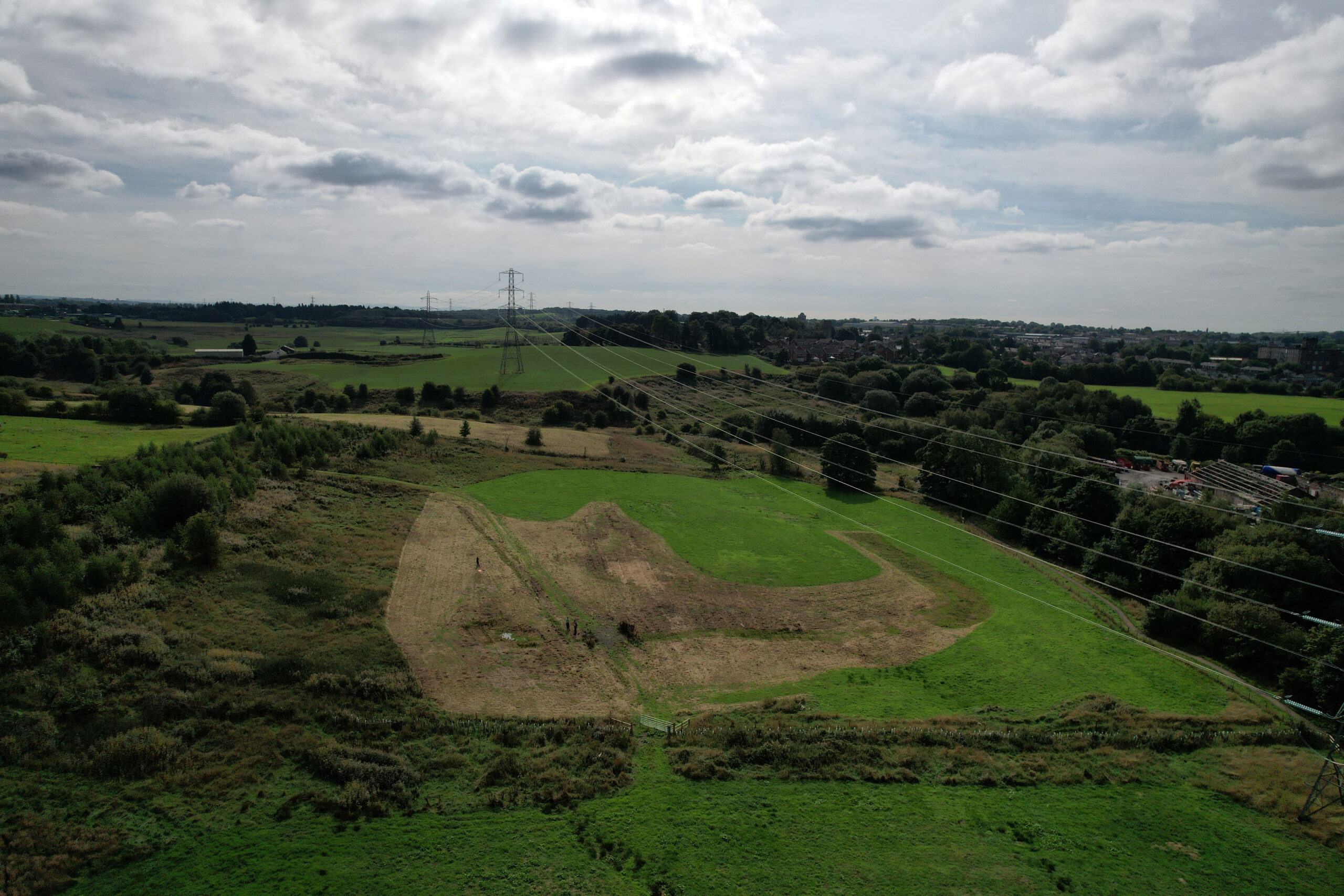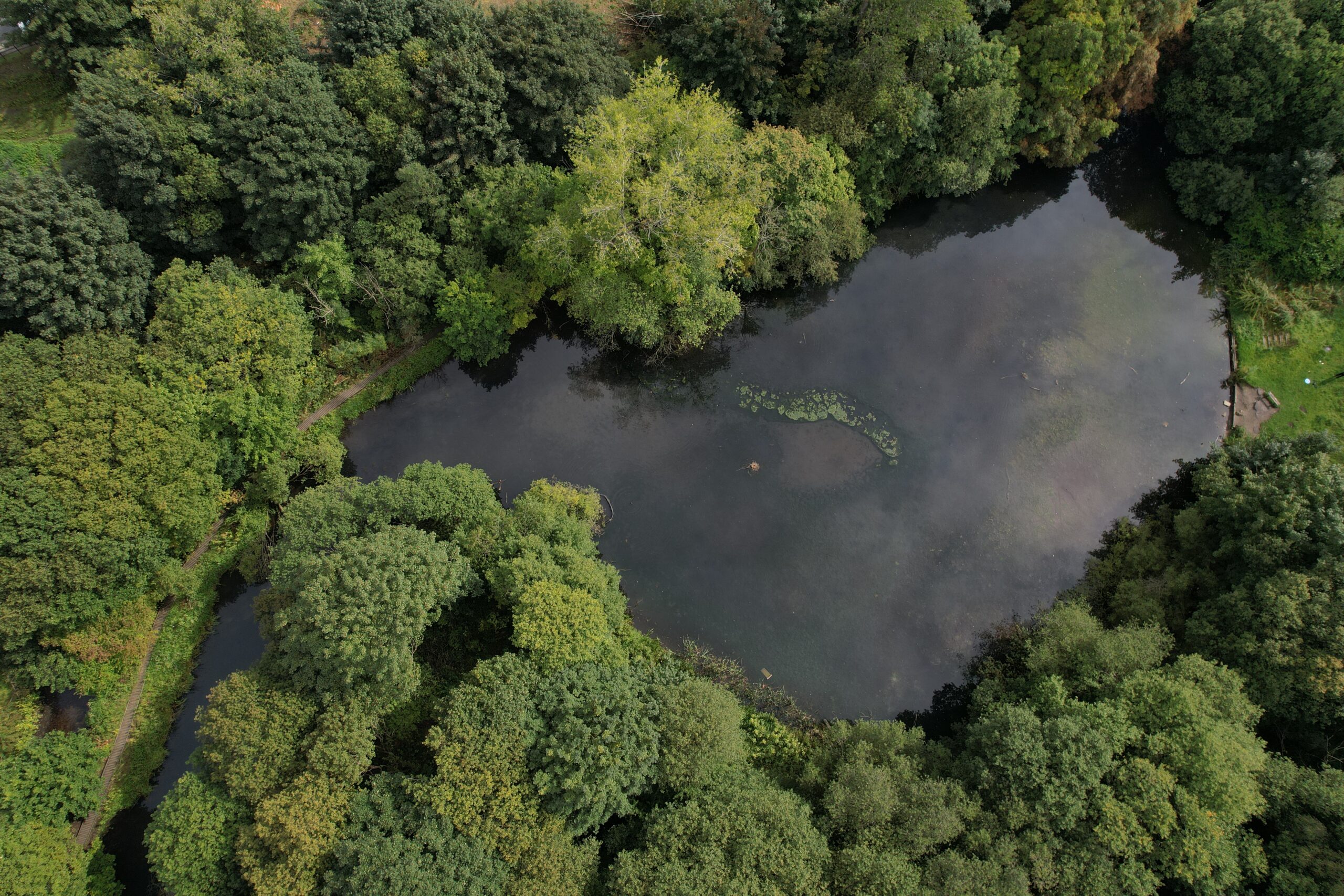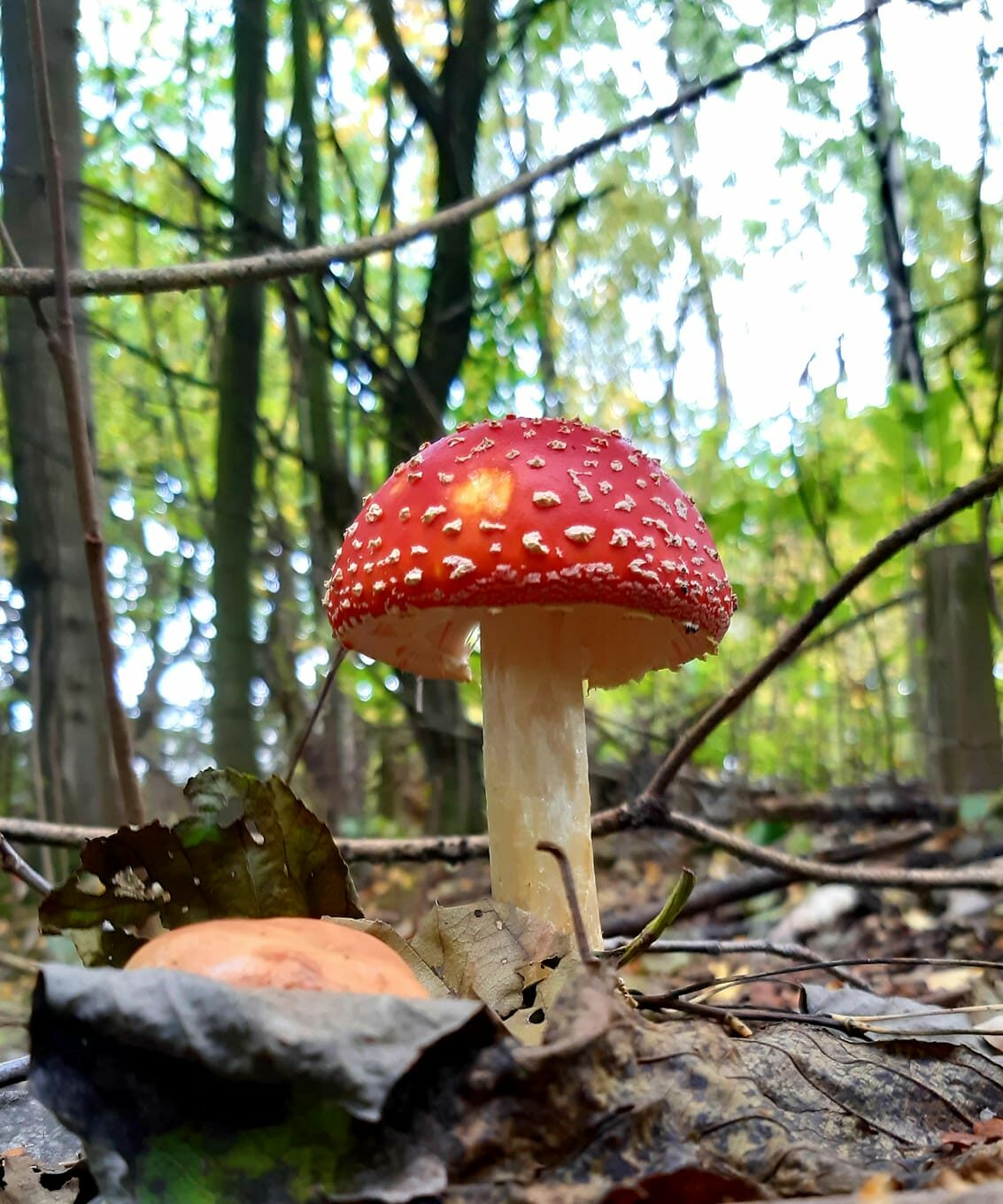BLOG – Groundwork Greater Manchester’s Aspirations for Biodiversity Net Gain On Nature Sites
In this blog, our Head of Neighbourhoods, Phil Treaton, shares insight into what Biodiversity Net Gain (BNG) is, and how Groundwork is using BNG to improve our nature sites.
Protecting and Enhancing Nature
Groundwork Greater Manchester (GM) own just over 22 hectares of land within Greater Manchester across 5 sites, the site are all different in the composition of habitats and as a result are managed in different ways. All 5 sites are accessible to the public and providing an attractive visitor experience is carefully managed alongside protecting and enhancing the different habitats on site.
The reason Groundwork take on the ownership of sites varies, it can be that the area was ‘unloved’ and Groundwork could see the potential to improve the site for the public and wildlife or to help connect communities with their surroundings.
Roch Valley for example is nestled between Queens Park and Springfield park in Heywood/Rochdale and is predominantly managed as a lowland hay meadow and therefore the cutting and removal of the grassland sward each year encourages the growth of meadow plants, over the last 9 years since we took ownership of the site we have witnessed a rise in the number of meadow species purely as a result of reintroducing the management technique.

We have complemented the meadow habitats with bringing the hedgerows back into management, this has included the laying of over 500m of hedgerows across the site and the planting up of new hedge plants to recreate the traditional field boundaries.
We also want to encourage people to access the site and use it as green corridor to help connect the green spaces along the river Roch, to do this we have installed new footpaths and even a woodland viewing platform over the river where visitors are able to safely see the wildlife that use the river. In 2022 Groundwork installed a series of fences on the site around some of the hay meadows, we have done this to help us manage the site organically in the future where we will look to use grazing animals to help us maintain the meadows rather than using tractors to do all the work.

Boarshaw Clough on the other hand is a completely different habit altogether, although predominantly mixed broadleaf woodland, Boarshaw contains a wet woodland, wetland lodge and reedbed together with a grassland habitat, the mosaic of habitats helps support the local wildlife. Like the Roch Valley, Boarshaw also provides a vital link for the local community to access Middleton town centre without the need to walk alongside busy roads, escaping in to the green oasis close to the centre of town provides those who use the site as part of their daily commute to school or work with the opportunity to witness nature up close. Groundwork has continued the vital work of thinning the woodland trees in the clough, the woodland thinning will take place is small ‘compartments’ within the woodland and the work comprises removing mainly willow species that have started to dominate the woodland, other species such as Oak will be left to grow to maturity creating a more diverse woodland over the years.
As a charity, implementing biodiversity net gain can provide several benefits and opportunities for Groundwork. Biodiversity Net Gain is a concept that aims to ensure that development projects result in an overall increase in biodiversity compared to the pre-development baseline.
What is Biodiversity Net Gain and how can it support Groundwork activity?
What are the requirements for Biodiversity Net Gain?
The National Planning Policy Framework (NPPF) places a responsibility on local planning authorities to encourage net gains for biodiversity to be sought through their planning policy. This allows the local planning authority to determine how Biodiversity Net Gain is assessed and enforced within their own jurisdiction that developers will be required to adhere to.

What makes Biodiversity Net Gain in the new Environment Bill different?
All planning permissions will be subject to a condition that the development may not begin unless the local planning authority approves a biodiversity plan. The planning authority can only approve the plan if they are confident of its accuracy and that any offsite biodiversity gain or credits are already allocated or purchased. Furthermore, the gain must be at least 10% .In the case of development where there is a loss of existing biodiversity there is now a requirement to ensure there is at least a 10% net gain of habitat improvement on ‘off site’ land that has followed the same baseline assessment and where the ‘off site’ activity can demonstrate the 10% requirement for net gain improvements.
Why are Groundwork supporting Biodiversity Net Gain?
As a significant landowner of natural open space across Greater Manchester, Groundwork is ideally positioned to work with organisations seeking ‘off site’ BNG, we are currently working with similar organisations to build a habitat bank facility for Biodiversity Net Gain delivery in the Greater Manchester area based on some of our existing sites. The idea behind the programme is to help create a one stop shop for investors, buyers and sellers of BNG units, providing verification, site registration and fund management allowing Groundwork to carry out further enhancements to our natural spaces in the future.
It can support Groundwork nature sites by:
- Vison alignment: Our vision for the nature sites is “to maintain spaces where nature has the opportunity to thrive, whilst raising awareness of biodiversity and the benefit it plays in people’s everyday lives by helping combat the effects of climate change whilst encouraging the positive use of the sites for learning, play and activities which improve health.” adopting biodiversity net gain aligns with our goals and values. It allows us to actively contribute to the preservation and restoration of biodiversity.
- Collaboration potential: Biodiversity net gain often involves partnerships between various stakeholders, such as developers, landowners, local communities, and conservation organisations. Engaging in such collaborations will strengthen our network, create new relationships, and enhance our overall impact in addition to us being able to influence on-site biodiversity during developments.
- Project involvement: Biodiversity net gain projects typically require ecological assessments, habitat restoration, and monitoring activities. We have the opportunity to contribute by providing expertise, conducting research, and participating in the project planning and implementation phases. This involvement increases our organisation’s visibility and recognition within the conservation community.
- Education and awareness: Biodiversity net gain projects provide opportunities to raise awareness about the importance of biodiversity and its conservation. Through this work we can organize public engagement activities, workshops, and educational programs to inform and inspire local communities about the benefits of biodiversity, thus expanding our reach and impact.
- Funding opportunities: There are already grants and funding specifically for biodiversity conservation and net gain initiatives. By engaging in biodiversity net gain projects, we may become eligible for additional financial support, enabling us to expand our conservation efforts.
- Legacy and long-term impact: Biodiversity net gain initiatives focus on long-term ecological outcomes. By actively participating in these projects, we can contribute to leaving a positive environmental legacy for future generations.
To find out more about our nature sites and how to sponsor us, contact our Head of Neighbourhoods, Phil Treaton below.
